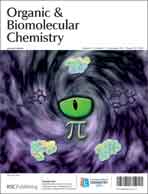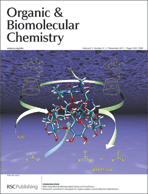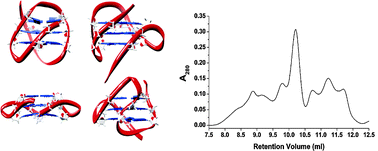This month sees the following articles in Organic & Biomolecular Chemistry that are in the top ten most accessed:
Recent advances in indole syntheses: New routes for a classic target
Rubén Vicente
Org. Biomol. Chem., 2011, 9, 6469-6480
DOI: 10.1039/C1OB05750B
Brønsted acid assisted activation of imide carbonyl group: regioselective synthesis of isoindoloisoquinolinone alkaloid (±)-nuevamine
Jayaraman Selvakumar and Chinnasamy Ramaraj Ramanathan
Org. Biomol. Chem., 2011, 9, 7643-7646
DOI: 10.1039/C1OB06349A
Palladium-catalyzed desulfitative C–H arylation of azoles with sodium sulfinates
Ru Chen, Saiwen Liu, Xinhua Liu, Luo Yang and Guo-Jun Deng
Org. Biomol. Chem., 2011, 9, 7675-7679
DOI: 10.1039/C1OB06387A
Tandem reactions initiated by copper-catalyzed cross-coupling: A new strategy towards heterocycle synthesis
Yunyun Liu and Jie-Ping Wan
Org. Biomol. Chem., 2011, 9, 6873-6894
DOI: 10.1039/C1OB05769C
Chromo-fluorogenic detection of aldehydes with a rhodamine based sensor featuring an intramolecular deoxylactam
Zhu Li, Zhongwei Xue, Zhisheng Wu, Jiahuai Han and Shoufa Han
Org. Biomol. Chem., 2011, 9, 7652-7654
DOI: 10.1039/C1OB06448G
Pd-Catalyzed cyclization reaction: a convenient domino process for synthesis of α-carbonyl furan derivatives
Hua Cao, Huan-Feng Jiang, Hua-Wen Huang and Jin-Wu Zhao
Org. Biomol. Chem., 2011, 9, 7313-7317
DOI: 10.1039/C1OB06105D
N-Heterocyclic carbene-catalyzed 1,3-dipolar cycloaddition reactions: a facile synthesis of 3,5-di- and 3,4,5-trisubstituted isoxazoles
Shravankumar Kankala, Ravinder Vadde and Chandra Sekhar Vasam
Org. Biomol. Chem., 2011, 9, 7869-7876
DOI: 10.1039/C1OB06072D
Highly effective copper-catalyzed decarboxylative coupling of aryl halides with alkynyl carboxylic acids
Xiaoming Qu, Tingyi Li, Peng Sun, Yan Zhu, Hailong Yang and Jincheng Mao
Org. Biomol. Chem., 2011, 9, 6938-6942
DOI: 10.1039/C1OB05969F
Synthesis and thermal decomposition of N,N-dialkoxyamides
Katherine M. Digianantonio, Stephen A. Glover, Jennifer P. Johns and Adam A. Rosser
Org. Biomol. Chem., 2011, 9, 4116-4126
DOI: 10.1039/C1OB00008J
Facile carbohydrate-based stereocontrolled divergent synthesis of (+)-pericosines A and B
Subhankar Tripathi, Ajam Chand Shaikh and Chinpiao Chen
Org. Biomol. Chem., 2011, 9, 7306-7308
DOI: 10.1039/C1OB06383A
Why not take a look at the articles today and blog your thoughts and comments below.
Fancy submitting an article to Organic & Biomolecular Chemistry? Then why not submit to us today or alternatively email us your suggestions.
Comments Off on Top ten most accessed articles in September


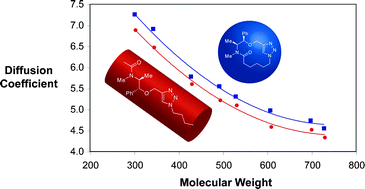









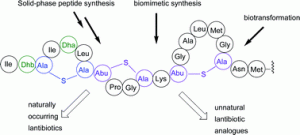
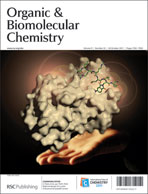
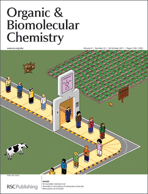
![GA[7]](https://blogs.rsc.org/ob/files/2011/10/GA7.gif)
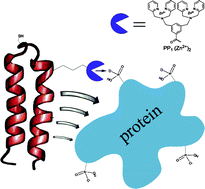
![GA[1]](https://blogs.rsc.org/np/files/2011/10/GA1.gif)

